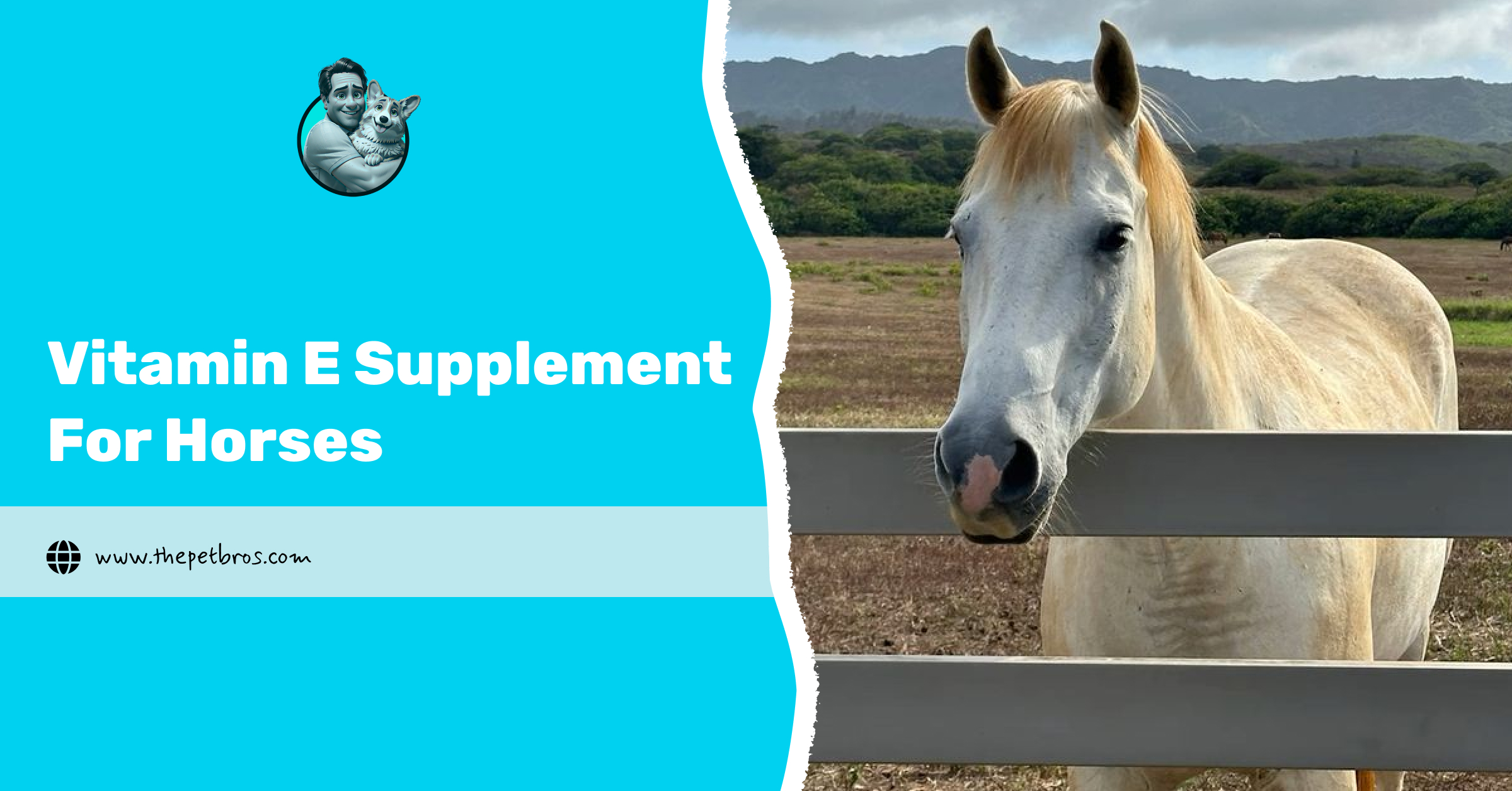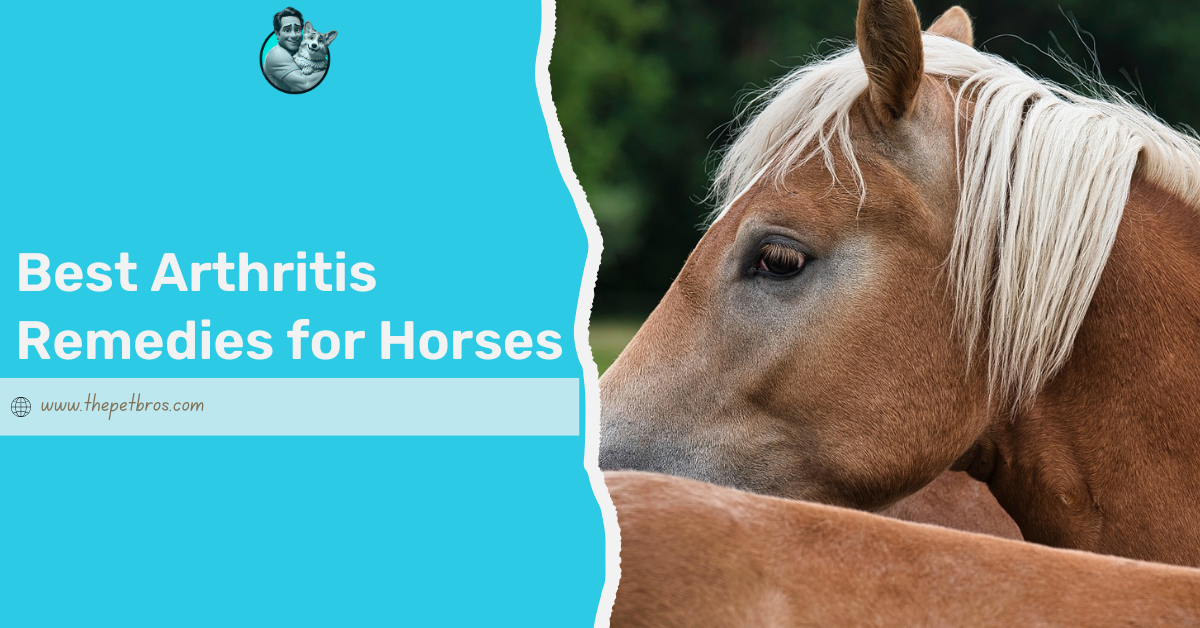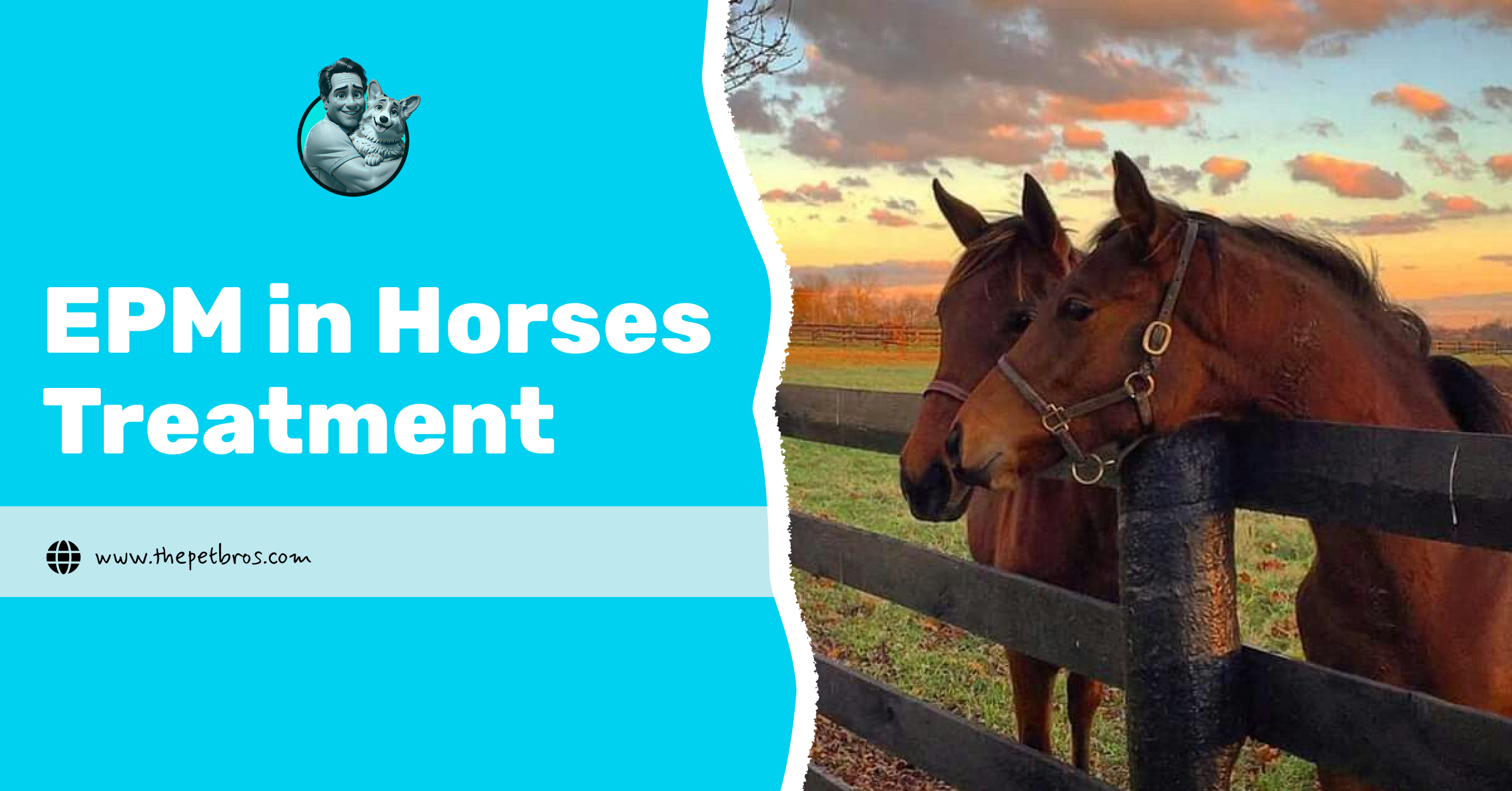Sweet feed for horses has become very popular over the years, especially for horse owners looking to provide an energy-rich and appetising meal for their horses. Known for its sticky texture and sweet aroma, it typically combines molasses with grains and sometimes pellets, creating a feed that most horses find irresistible. For owners dealing with picky eaters and wanting to give the best care to their horses, it often seems like the perfect solution.
But as appealing as sweet feed may be, it is not always the right fit for every horse. Some horses thrive on it, showing improved appetite and energy levels, while others may experience issues related to behaviour, digestion, or metabolic health. Like all feeding choices, it comes with its benefits and drawbacks.
In this guide, we will walk you through what sweet feed for horses really is, highlight the advantages it can offer, and point out the potential risks. Whether you are already feeding it or thinking about giving it a try, this will help you make a more informed decision for your horse’s needs.
What Is Sweet Feed?
Sweet feed is a type of grain-based horse feed that is made to be highly palatable. Its sticky texture and sweet smell come from the addition of molasses, which binds the ingredients together and makes the feed more appealing to horses. The base usually includes grains such as corn, oats, or barley, and sometimes pelleted components are mixed in for added nutrition.
To balance the diet, vitamins, fruits, and minerals are often included as well. This combination creates a feed that not only tastes good but also delivers a quick energy boost. Many horses are naturally drawn to sweet feed, especially those that tend to turn their noses up at other types of feed.
The Pros of Sweet Feed for Horses
1. Encourages Picky Eaters
Some horses are notoriously fussy about food, which can be a real worry for owners trying to maintain their horses’ weight and condition. Trying to find out what is best for them to eat can be a task, especially for those who have picky eaters in their hands. The sweet smell and taste of molasses often entice even the pickiest eaters. It’s also helpful in stressful situations, like moving to a new stable, where horses may lose interest in eating. For underweight horses or those recovering from illness, sweet feed can be a welcome way to boost their intake and help them bounce back.
2. Provides Quick Energy
Thanks to its high sugar and starch content, sweet feed delivers a fast energy release. This makes it a popular choice for performance horses or those doing short bursts of work. It’s also useful during cold weather when horses need more energy to stay warm. If your horse needs a bit of a lift before a training session or event, sweet feed can help provide that extra kick.
3. Easy to Find and Cost-Effective
Sweet feed is widely available at most feed stores, making it an accessible choice for many horse owners. It’s a familiar product that’s been around for decades, so both new and experienced owners often feel comfortable using it. In many cases, it’s also more affordable than specialised feeds, especially when feeding large stables. Its convenience makes it a practical option for those who need a reliable and simple feeding solution.
4. Helps with Supplement Feeding
If your horse needs additional supplements, sweet feed can make the process smoother. Its sticky texture helps powders and additives stick to the feed, reducing the chances of them being left behind in the bucket. This is especially helpful when giving medication or nutritional boosters. It saves time and ensures that horses get the full benefit of what they’re being fed without fuss.
The Cons of Sweet Feed for Horses
1. Sweet Feeds Can Affect Horse Behaviour
While sweet feed may be tempting for picky eaters, it can cause unwanted changes in behaviour for some horses. The high sugar content can make naturally anxious or excitable horses even more reactive. Young or inexperienced horses might become harder to manage, especially during training or exercise. Owners may notice reduced focus, restlessness, or a drop in calmness during work, which could affect performance and safety.
2. Poses Health Risks
Sweet feed is not suitable for every horse, especially those with underlying health conditions. Horses with metabolic disorders such as Cushing’s disease or insulin resistance can be negatively affected by the high sugar and starch content. Over time, it may also increase the risk of laminitis, particularly in horses prone to weight gain. For sensitive individuals, it can disrupt gut health and lead to digestive problems that are costly and difficult to manage
3. Offers Short-Term Energy Only
One of the main drawbacks of sweet feed for horses is that it delivers energy in a fast but fleeting way. Horses, especially stallions, often get a quick burst of energy shortly after eating, but it doesn’t last long. This means they may feel hungry again soon after, which can lead to overfeeding and an imbalance in their daily intake. For horses that require sustained energy over longer periods, this type of feed may not be the best choice.
4. Not Ideal for Natural Digestion
Feeding sweet feed for horses over time may upset the natural balance of the digestive system. The added sugars and rich grains can interfere with the gut flora, leading to issues like loose manure, bloating, or general stomach discomfort. Horses are naturally meant to eat high-fibre forage, and a diet too heavy in sweet feed may move them away from what their digestive system is designed to handle.
Conclusion
Sweet feed for horses remains a popular option for many owners, especially those dealing with fussy eaters or horses needing a quick energy boost. Its sweet aroma and palatable texture can make feeding time easier, and it fits well into busy stable routines. However, it’s not without its drawbacks. Behavioural changes, digestive issues, and long-term health concerns are all possible if it’s not used carefully. Like any feeding decision, it’s important to weigh the pros and cons based on your horse’s lifestyle, workload, and overall health. When in doubt, seek advice from a vet or equine nutritionist.
FAQs
Is sweet food good for horses?
It can be palatable and energising, but too much may harm their digestive health.
How often should you give a horse sweet feed?
Feed according to need and workload, ideally under guidance from a vet or nutritionist.
What is the difference between sweet feed and regular feed?
Sweet feed includes molasses and grains, making it tastier but higher in sugar than regular feed.
Is sweet feed high in fat?
No, it is generally higher in sugar and starch than in fat content.
What happens if a horse eats too much sweet feed?
Overfeeding can lead to colic, laminitis, or digestive upset, especially in sensitive or inactive horses.
